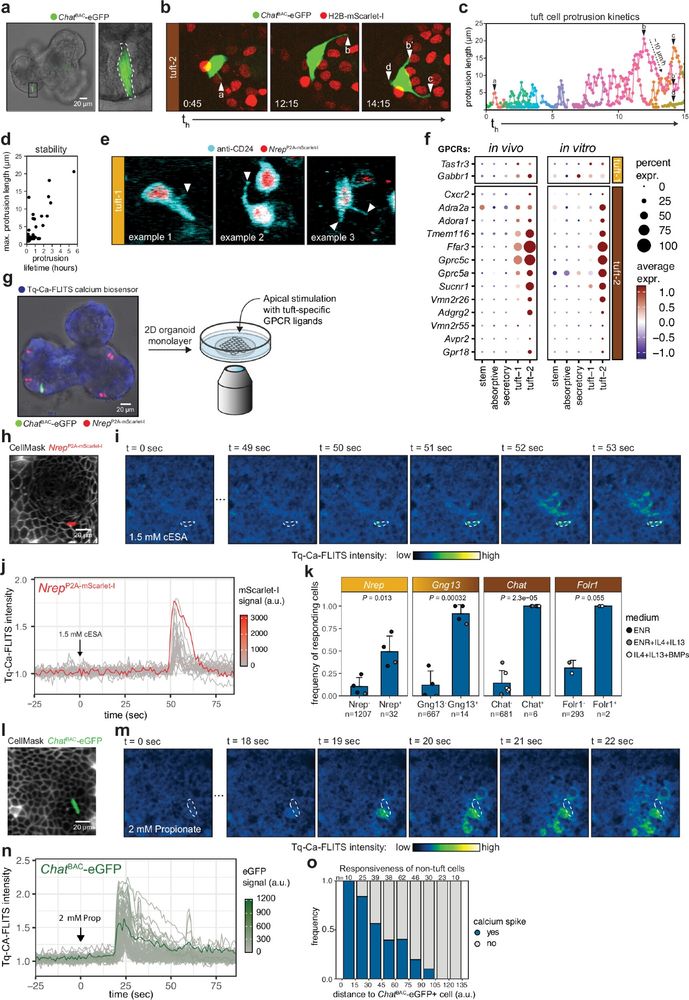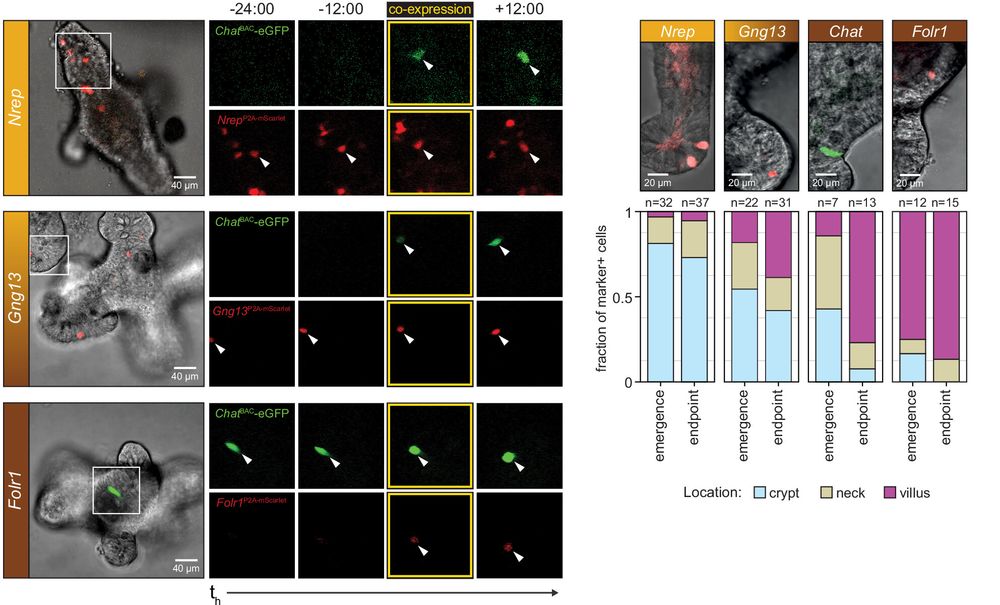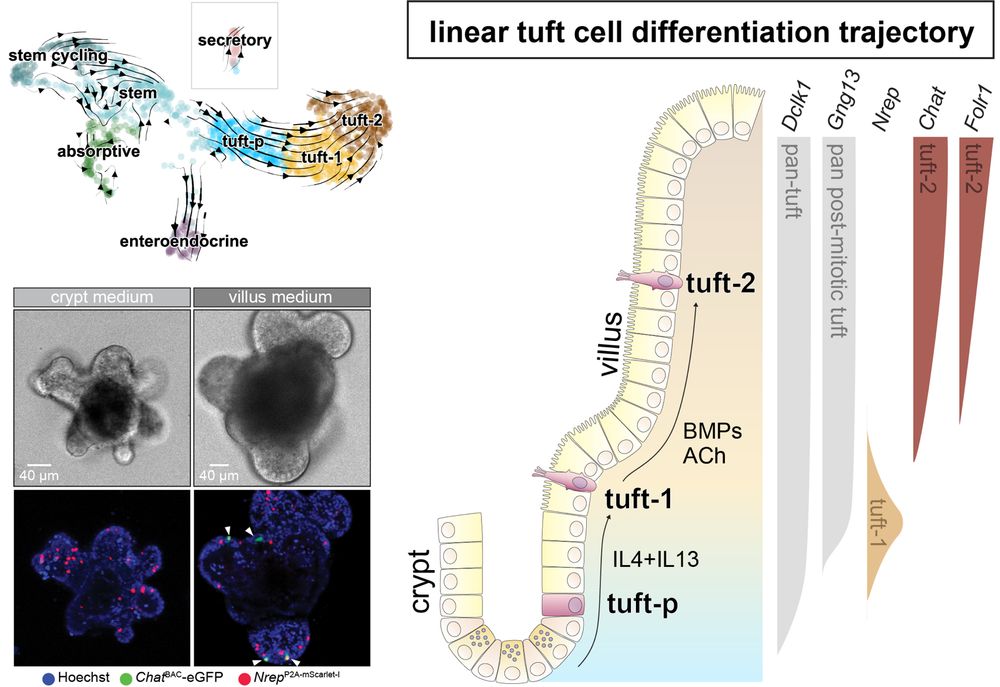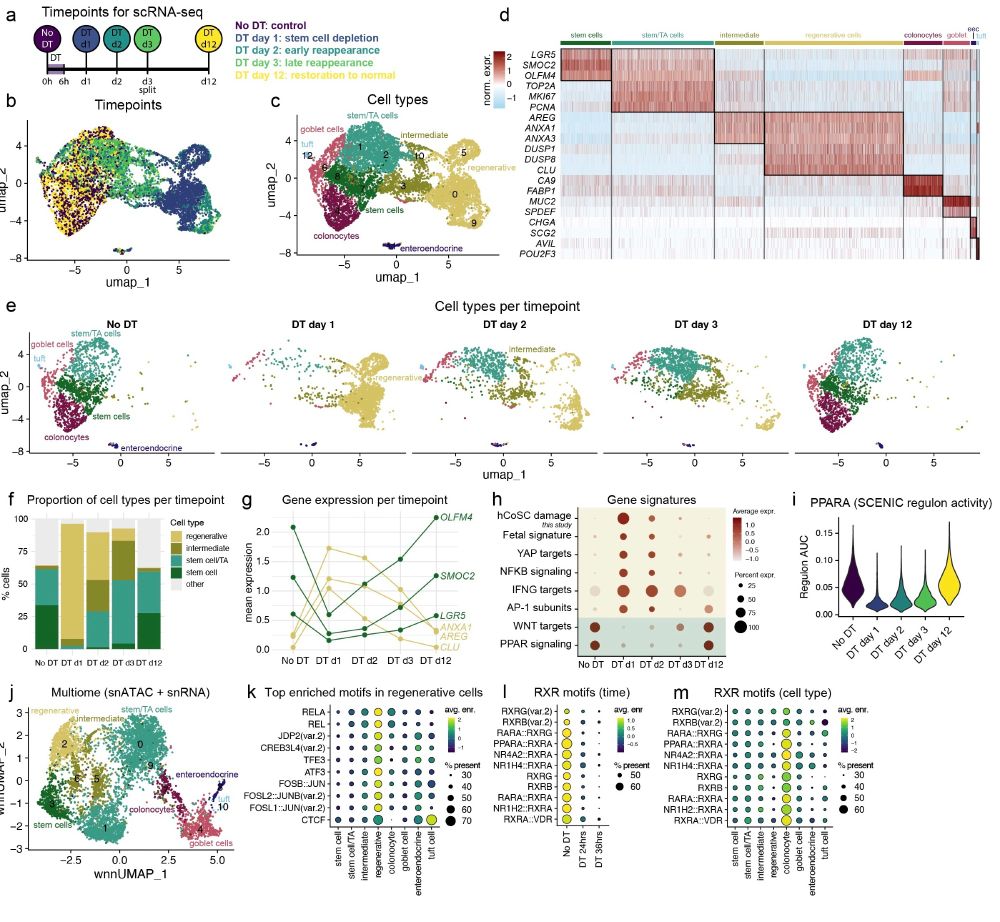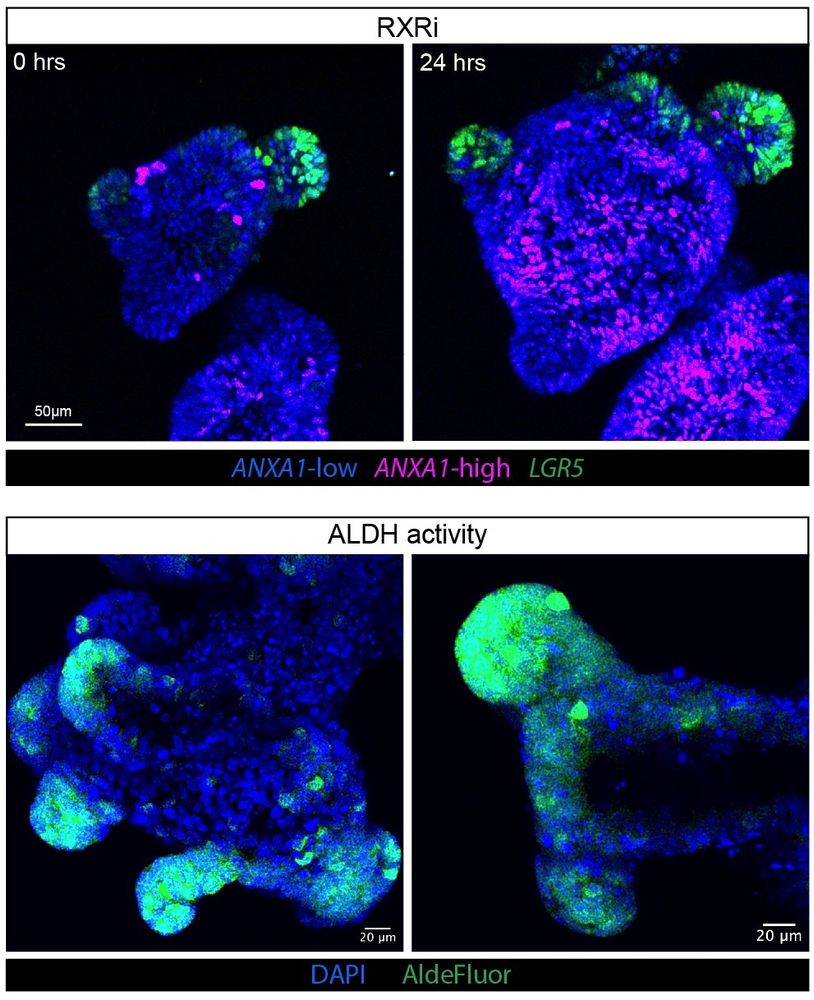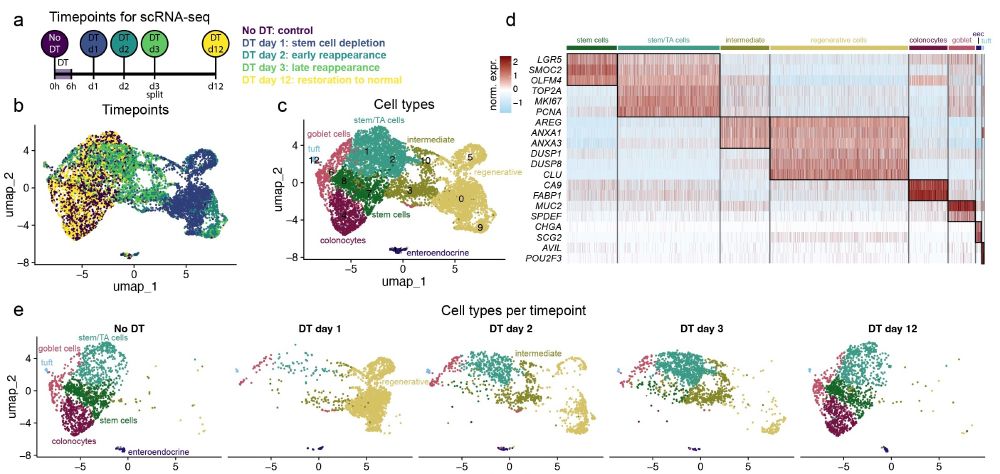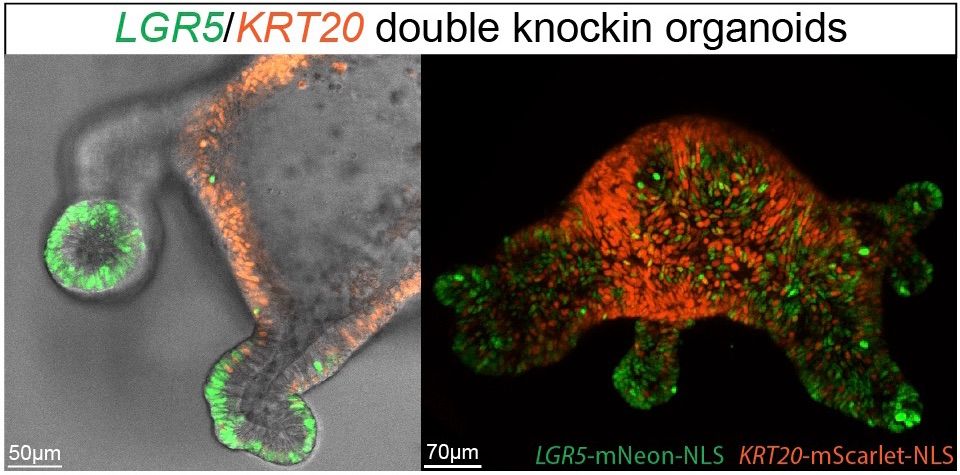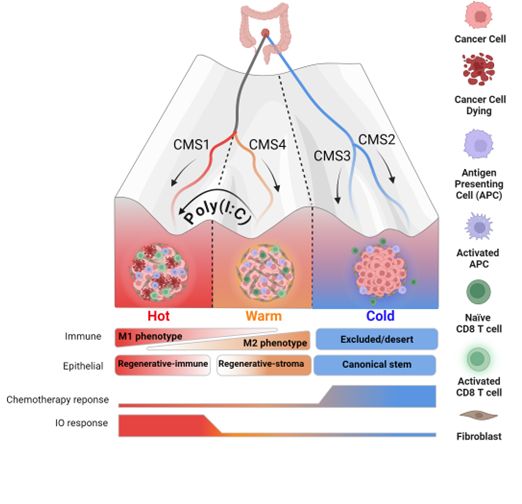Snippert lab
@hugosnippert.bsky.social
720 followers
200 following
20 posts
We use human organoid models to study the emergence and transformation of early-stage colorectal cancer.
We aim to prevent rather than cure.
Research lab at Prinses Maxima Center (formerly at UMC Utrecht) & Oncode Institute
Posts
Media
Videos
Starter Packs
Reposted by Snippert lab
Snippert lab
@hugosnippert.bsky.social
· Jul 23
Snippert lab
@hugosnippert.bsky.social
· Jul 23
Snippert lab
@hugosnippert.bsky.social
· Jul 23
Snippert lab
@hugosnippert.bsky.social
· Jul 23
Snippert lab
@hugosnippert.bsky.social
· Jul 16
Snippert lab
@hugosnippert.bsky.social
· Jul 16
Snippert lab
@hugosnippert.bsky.social
· Jul 16
Reposted by Snippert lab
Reposted by Snippert lab
Reposted by Snippert lab
The Batlle Lab
@batllelab.bsky.social
· Dec 2
The Batlle Lab
@batllelab.bsky.social
· Nov 26
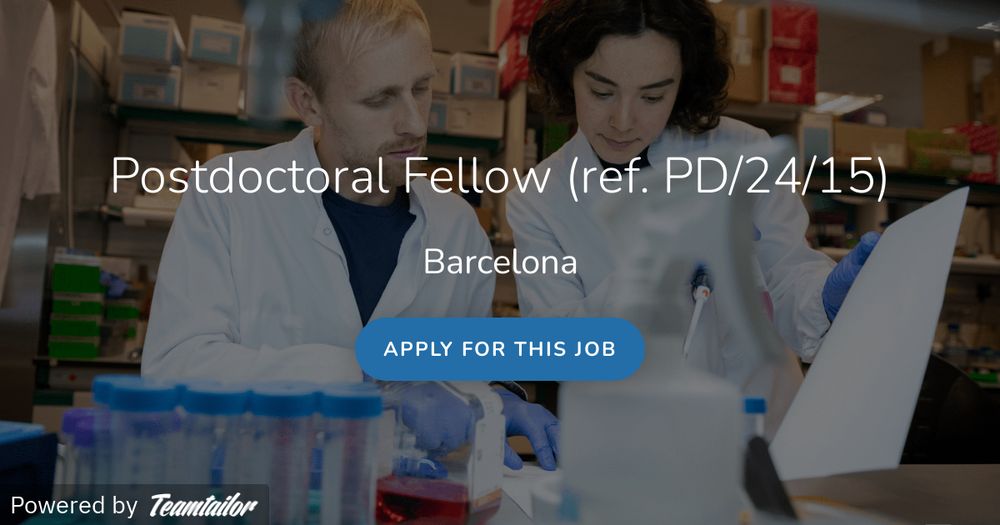
Postdoctoral Fellow (ref. PD/24/15) - IRB Barcelona
Created in 2005 by the Generalitat de Catalunya (Government of Catalonia) and the University of Barcelona, IRB Barcelona is a Severo Ochoa Centre of Excellence—a seal that was awarded in 2011. The ...
recruitment.irbbarcelona.org
